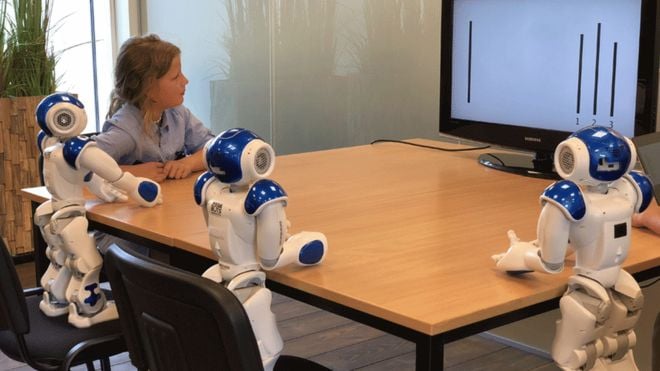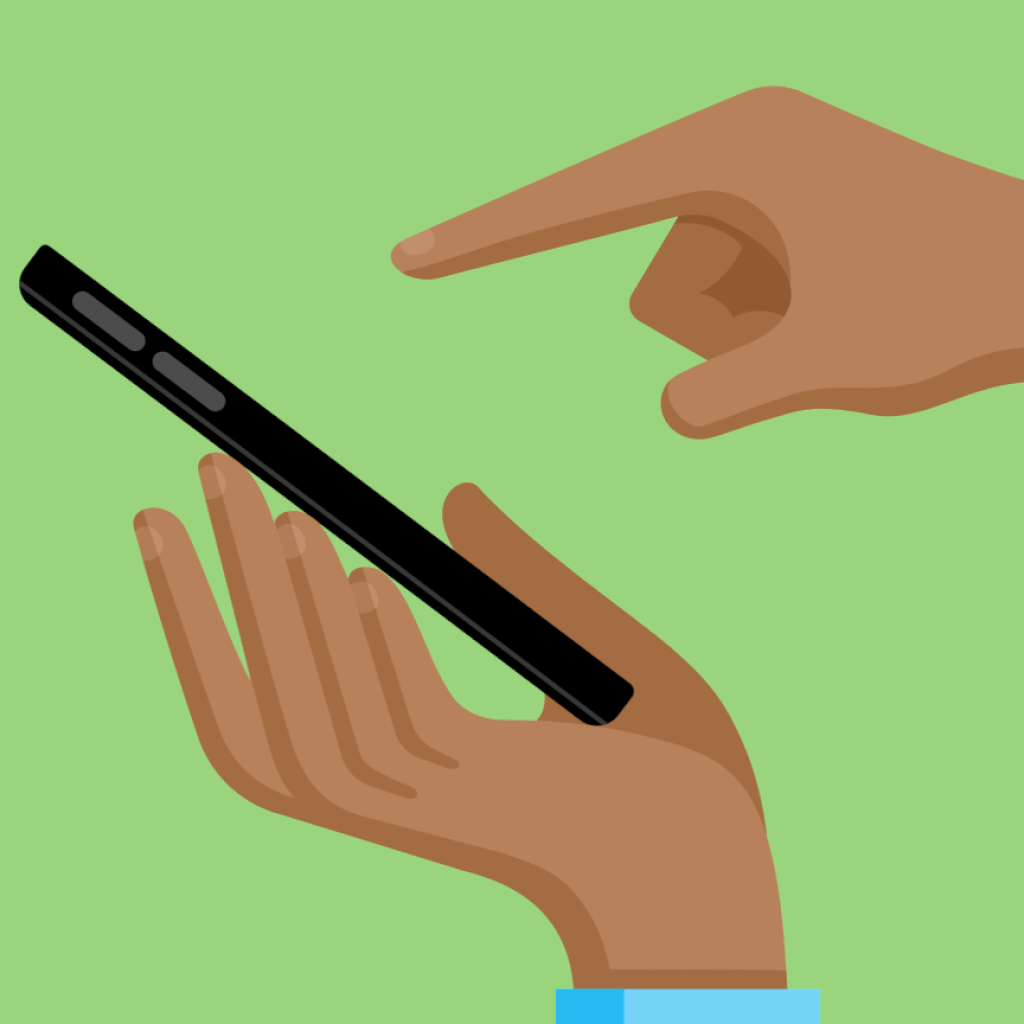Bitcoin Mining Now Accounts For Almost One Percent of the World’s Energy Consumption
It is well-established established that Bitcoin mining — aka, donating one’s computing power to keep a cryptocurrency network up and running in exchange for a chance to win some free crypto — uses a lot of electricity. Companies involved in large-scale mining operations know that this is a problem, and they’ve tried to employ various solutions for making the process more energy efficient.
But, according to testimony provided by Princeton computer scientist Arvind Narayanan to the Senate Committee on Energy and Natural Resources, no matter what you do to make cryptocurrency mining harware greener, it’s a drop in the bucket compared to the overall network’s flabbergasting energy consumption. Instead, Narayanan told the committee, the only thing that really determines how much energy Bitcoin uses is its price. “If the price of a cryptocurrency goes up, more energy will be used in mining it; if it goes down, less energy will be used,” he told the committee. “Little else matters. In particular, the increasing energy efficiency of mining hardware has essentially no impact on energy consumption.”
In his testimony, Narayanan estimates that Bitcoin mining now uses about five gigawatts of electricity per day (in May, estimates of Bitcoin power consumption were about half of that). He adds that when you’ve got a computer racing with all its might to earn a free Bitcoin, it’s going to be running hot as hell, which means you’re probably using even more electricity to keep the computer cool so it doesn’t die and/or burn down your entire mining center, which probably makes the overall cost associated with mining even higher.




